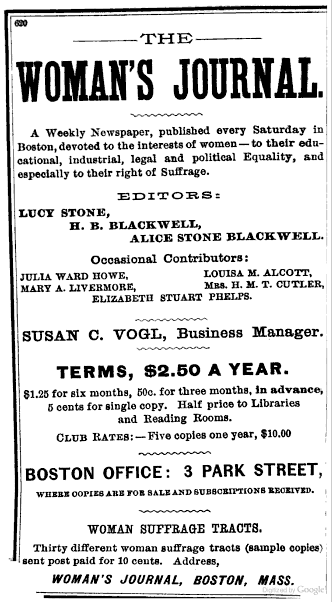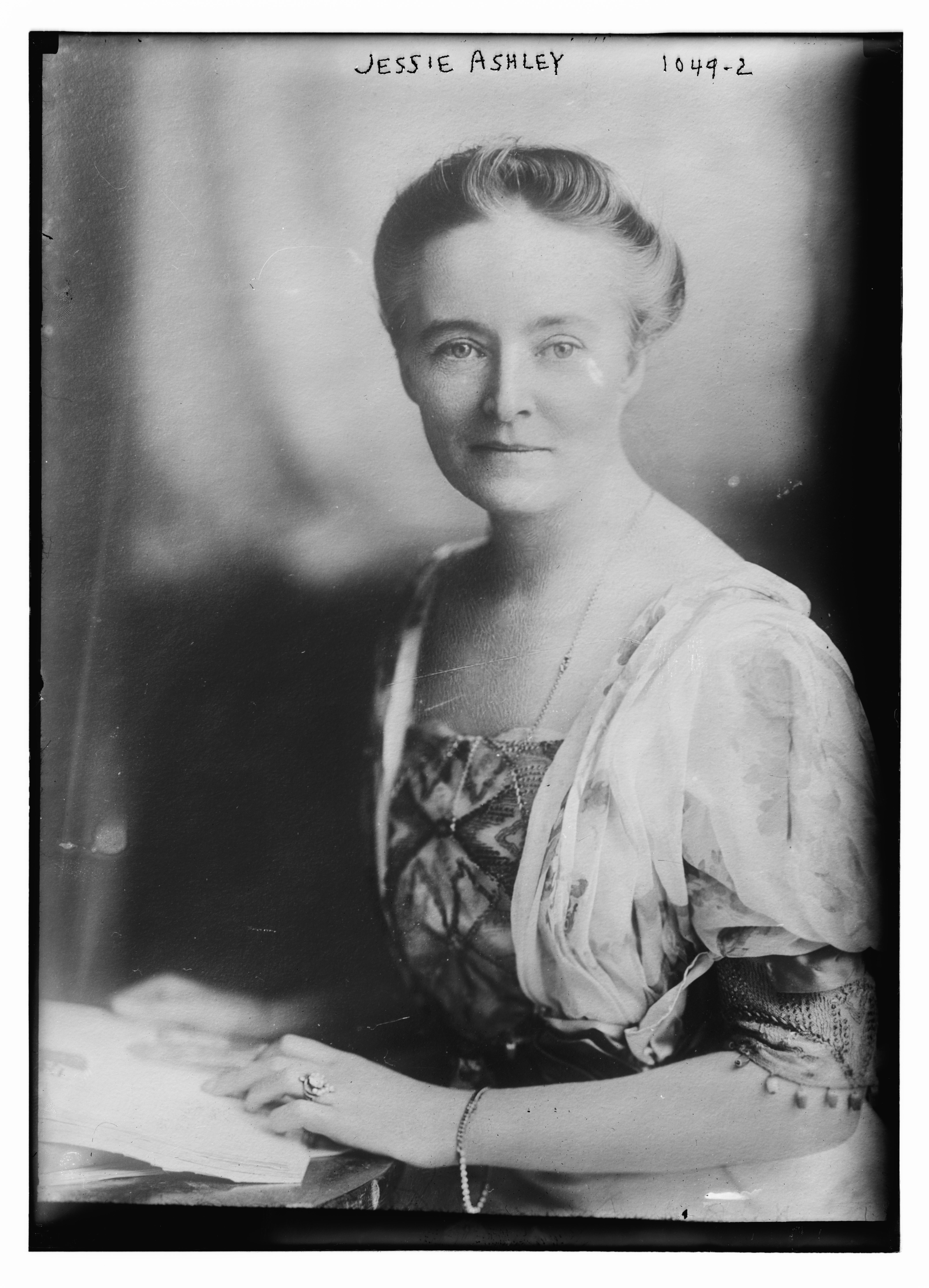|
Four Lights
''Four Lights: An Adventure in Internationalism'' was a publication of the New York City Women's Peace Party (NYC-WPP) that ran bi-weekly for ten months in 1917, beginning on January 27, 1917. The editors argued against U.S. intervention in World War I from a socialist feminist perspective. The publication was one among many suffrage periodicals, and its editors considered themselves to be members of the anti-war movement described as "Internationalism." In November, 1917, publication ceased due to prosecution under the Espionage Act of 1917. The NYC-WPP, led by Crystal Eastman, was a branch of the national Women's Peace Party, though the NYC-WPP was often at odds with the state and national branches, particularly as those latter organizations increasingly supported U.S. intervention in Europe. Earlier in the decade, suffragists were unified in their anti-war stance, but by 1917 most suffragists had shifted to supporting war and argued that women's war roles earned them the right ... [...More Info...] [...Related Items...] OR: [Wikipedia] [Google] [Baidu] |
Espionage Act Of 1917
The Espionage Act of 1917 is a United States federal law enacted on June 15, 1917, shortly after the United States entered World War I. It has been amended numerous times over the years. It was originally found in Title 50 of the U.S. Code (War & National Defense) but is now found under Title 18 (Crime & Criminal Procedure). Specifically, it is ( et seq.) It was intended to prohibit interference with military operations or recruitment, to prevent insubordination in the military, and to prevent the support of United States enemies during wartime. In 1919, the Supreme Court of the United States unanimously ruled through '' Schenck v. United States'' that the act did not violate the freedom of speech of those convicted under its provisions. The constitutionality of the law, its relationship to free speech, and the meaning of its language have been contested in court ever since. Among those charged with offenses under the Act are German-American socialist congressman and newspaper ... [...More Info...] [...Related Items...] OR: [Wikipedia] [Google] [Baidu] |
Crystal Eastman
Crystal Catherine Eastman (June 25, 1881 – July 28, 1928) was an American lawyer, antimilitarist, feminist, socialist, and journalist. She is best remembered as a leader in the fight for women's suffrage, as a co-founder and co-editor with her brother Max Eastman of the radical arts and politics magazine '' The Liberator,'' co-founder of the Women's International League for Peace and Freedom, and co-founder in 1920 of the American Civil Liberties Union. In 2000 she was inducted into the National Women's Hall of Fame in Seneca Falls, New York. Early life and education Crystal Eastman was born in Marlborough, Massachusetts, on June 25, 1881, the third of four children. Her oldest brother, Morgan, was born in 1878 and died in 1884. The second brother, Anstice Ford Eastman, who became a general surgeon, was born in 1878 and died in 1937. Max was the youngest, born in 1882. In 1883, their parents, Samuel Elijah Eastman and Annis Bertha Ford, moved the family to Canandaigua, ... [...More Info...] [...Related Items...] OR: [Wikipedia] [Google] [Baidu] |
Women's Peace Party
The Woman's Peace Party (WPP) was an American pacifist and feminist organization formally established in January 1915 in response to World War I. The organization is remembered as the first American peace organization to make use of direct action tactics such as public demonstration. The Woman's Peace Party became the American section of an international organization known as the International Committee of Women for Permanent Peace later in 1915, a group which later changed its name to the Women's International League for Peace and Freedom. American Pacifist Forerunners Prior to the establishment of the Woman's Peace Party, the three leading American pacifist organizations of national stature were essentially conservative enterprises, viewing the peace movement's mission as one of extending stability, order, and the expansion of venerable American institutions.C. Roland Marchand, ''The American Peace Movement and Social Reform, 1898-1918.'' Princeton, NJ: Princeton University Pre ... [...More Info...] [...Related Items...] OR: [Wikipedia] [Google] [Baidu] |
The Woman Citizen
''Woman's Journal'' was an American women's rights periodical published from 1870 to 1931. It was founded in 1870 in Boston, Massachusetts, by Lucy Stone and her husband Henry Browne Blackwell as a weekly newspaper. In 1917 it was purchased by Carrie Chapman Catt's Leslie Woman Suffrage Commission and merged with ''The Woman Voter'' and ''National Suffrage News'' to become known as ''The Woman Citizen''. It served as the official organ of the National American Woman Suffrage Association until 1920, when the organization was reformed as the League of Women Voters, and the Nineteenth Amendment to the United States Constitution was passed granting women the right to vote. Publication of ''Woman Citizen'' slowed from weekly, to bi-weekly, to monthly. In 1927, it was renamed ''The Woman's Journal''. It ceased publication in June 1931. History ''Woman's Journal'' was founded in 1870 in Boston, Massachusetts, by Lucy Stone and her husband Henry Browne Blackwell as a weekly newspaper. ... [...More Info...] [...Related Items...] OR: [Wikipedia] [Google] [Baidu] |
The Suffragist
''The Suffragist'' was a weekly newspaper published by the Congressional Union for Woman Suffrage in 1913 to advance the cause of women's suffrage. The publication was first envisioned as a small pamphlet by the Congressional Union (CU), a new affiliate of the National American Woman Suffrage Association (NAWSA), which in 1917 became the NWP. It evolved into an eight-page weekly tabloid newspaper when the first issue appeared on 15 November 1913. Started by Alice Paul with Rheta Childe Dorr as its first editor, its goal was to spread women's political news and to advance movements toward a suffrage amendment. The newspaper gave its publishers an avenue to communicate directly with each other and supporters without mainstream media. In its six years, the publication played an important role in the eventual success of the suffrage movement. ''The Suffragist'' recorded protests and arrests in news accounts and editorials. Along with political cartoons, illustrations, photograph ... [...More Info...] [...Related Items...] OR: [Wikipedia] [Google] [Baidu] |
Jessie Ashley
Jessie Ashley (1861–1919) was an American lawyer, socialist, and feminist. Born into a wealthy family, she entered law school at age 39 and became a radical lawyer with a foot in two worlds. A founder of the National Birth Control League, Ashley served on the editorial board for Margaret Sanger's ''Birth Control Review'' during the 1910s. As an attorney, she worked on behalf of radical labor activists and was a regular activist for the Industrial Workers of the World, involved in the 1911 textile workers' strike in Lowell, Massachusetts and the 1913 Paterson silk strike. At the same time, she served as the treasurer of the National American Woman Suffrage Association (NAWSA). Her Socialist politics were an uneasy fit for the very mainstream NAWSA, and eventually she stepped down. Legal career Ashley graduated from NYU Law School in 1902. Her brother Clarence Ashley was the dean, and under his tenure the school moved to admit women. Few law schools allowed women to enroll in ... [...More Info...] [...Related Items...] OR: [Wikipedia] [Google] [Baidu] |
Mary Dennett
Mary Coffin Ware Dennett (April 4, 1872 – July 25, 1947) was an American women's rights activist, pacifist, homeopathic advocate, and pioneer in the areas of birth control, sex education, and women's suffrage. She co-founded the National Birth Control League in 1915 together with Jessie Ashley and Clara Gruening Stillman. She founded the Voluntary Parenthood League, served in the National American Women's Suffrage Association, co-founded the Twilight Sleep Association, and wrote a famous pamphlet on sex education and birth control. A famous legal case against her eventually became the catalyst for overturning the Comstock laws. Biography Early life Mary was born April 4, 1872 in her hometown Worcester, Massachusetts. Mary Coffin Ware was the second child of four born to George and Vonie Ware. Mary was a precocious, talkative, and assertive child, "scolding er older brotherfor striking her, often quoting the Bible." At age 10, her father died of cancer. Her mother s ... [...More Info...] [...Related Items...] OR: [Wikipedia] [Google] [Baidu] |
Mary Ovington
Mary White Ovington (April 11, 1865 – July 15, 1951) was an American suffragist, journalist, and co-founder of the National Association for the Advancement of Colored People (NAACP). Biography Mary White Ovington was born April 11, 1865, in Brooklyn, New York. Her grandmother attended the Connecticut congregation of Samuel Joseph May. Her parents, members of the Unitarian Church were supporters of women's rights and had been involved in the anti-slavery movement. Educated at Packer Collegiate Institute and Radcliffe College, Ovington became involved in the campaign for civil rights in 1890 after hearing Frederick Douglass speak in a Brooklyn New York City church and a 1903 speech by Booker T. Washington at the Social Reform Club. In 1894, Ovington met Ida B. Wells, while taking Christmas presents to Ida's sister's children. Mary was so appalled by their living conditions that she started working with Wells to force the city to update the tenements. 1895 she helped found the G ... [...More Info...] [...Related Items...] OR: [Wikipedia] [Google] [Baidu] |
Women's Suffrage Publications In The United States
A woman is an adult female human. Prior to adulthood, a female human is referred to as a girl (a female child or adolescent). The plural ''women'' is sometimes used in certain phrases such as "women's rights" to denote female humans regardless of age. Typically, women inherit a pair of X chromosomes, one from each parent, and are capable of pregnancy and giving birth from puberty until menopause. More generally, sex differentiation of the female fetus is governed by the lack of a present, or functioning, SRY-gene on either one of the respective sex chromosomes. Female anatomy is distinguished from male anatomy by the female reproductive system, which includes the ovaries, fallopian tubes, uterus, vagina, and vulva. A fully developed woman generally has a wider pelvis, broader hips, and larger breasts than an adult man. Women have significantly less facial and other body hair, have a higher body fat composition, and are on average shorter and less muscular than men. Thro ... [...More Info...] [...Related Items...] OR: [Wikipedia] [Google] [Baidu] |
Newspapers Established In 1917
A newspaper is a periodical publication containing written information about current events and is often typed in black ink with a white or gray background. Newspapers can cover a wide variety of fields such as politics, business, sports and art, and often include materials such as opinion columns, weather forecasts, reviews of local services, obituaries, birth notices, crosswords, editorial cartoons, comic strips, and advice columns. Most newspapers are businesses, and they pay their expenses with a mixture of subscription revenue, newsstand sales, and advertising revenue. The journalism organizations that publish newspapers are themselves often metonymically called newspapers. Newspapers have traditionally been published in print (usually on cheap, low-grade paper called newsprint). However, today most newspapers are also published on websites as online newspapers, and some have even abandoned their print versions entirely. Newspapers developed in the 17th century ... [...More Info...] [...Related Items...] OR: [Wikipedia] [Google] [Baidu] |
Publications Disestablished In 1917
To publish is to make content available to the general public.Berne Convention, article 3(3) URL last accessed 2010-05-10.Universal Copyright Convention, Geneva text (1952), article VI . URL last accessed 2010-05-10. While specific use of the term may vary among countries, it is usually applied to text, images, or other audio-visual content, including paper ( |






.jpg)

